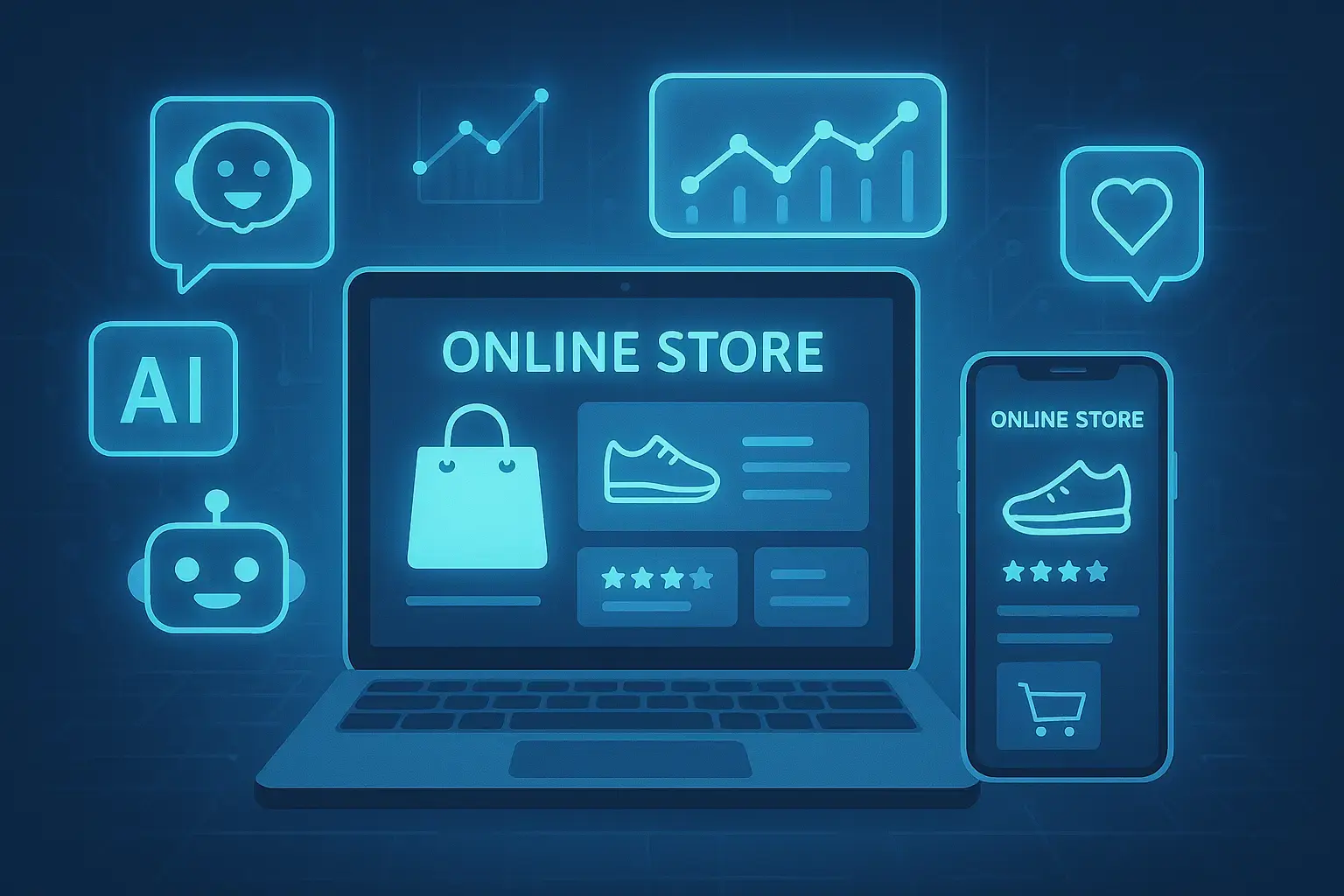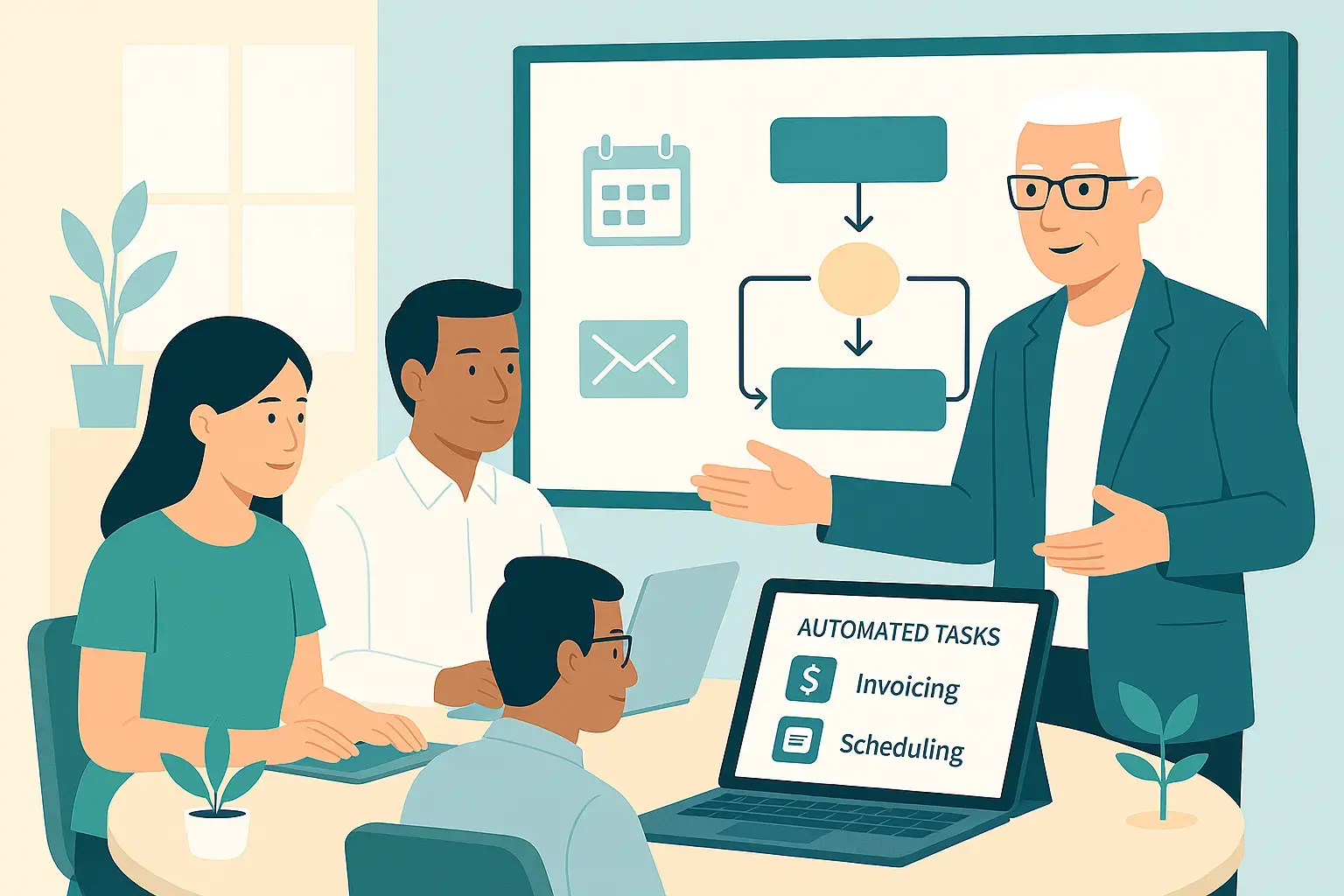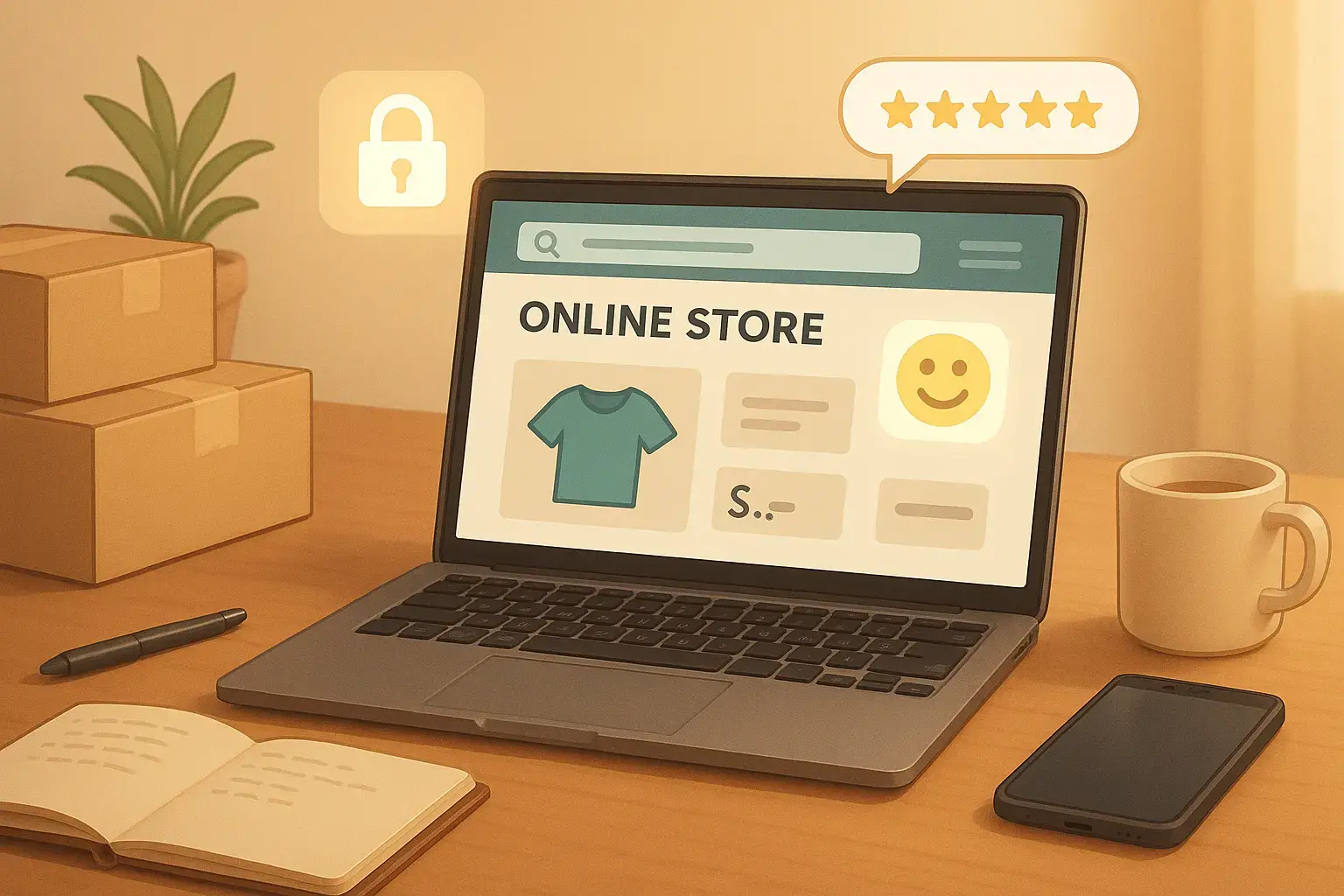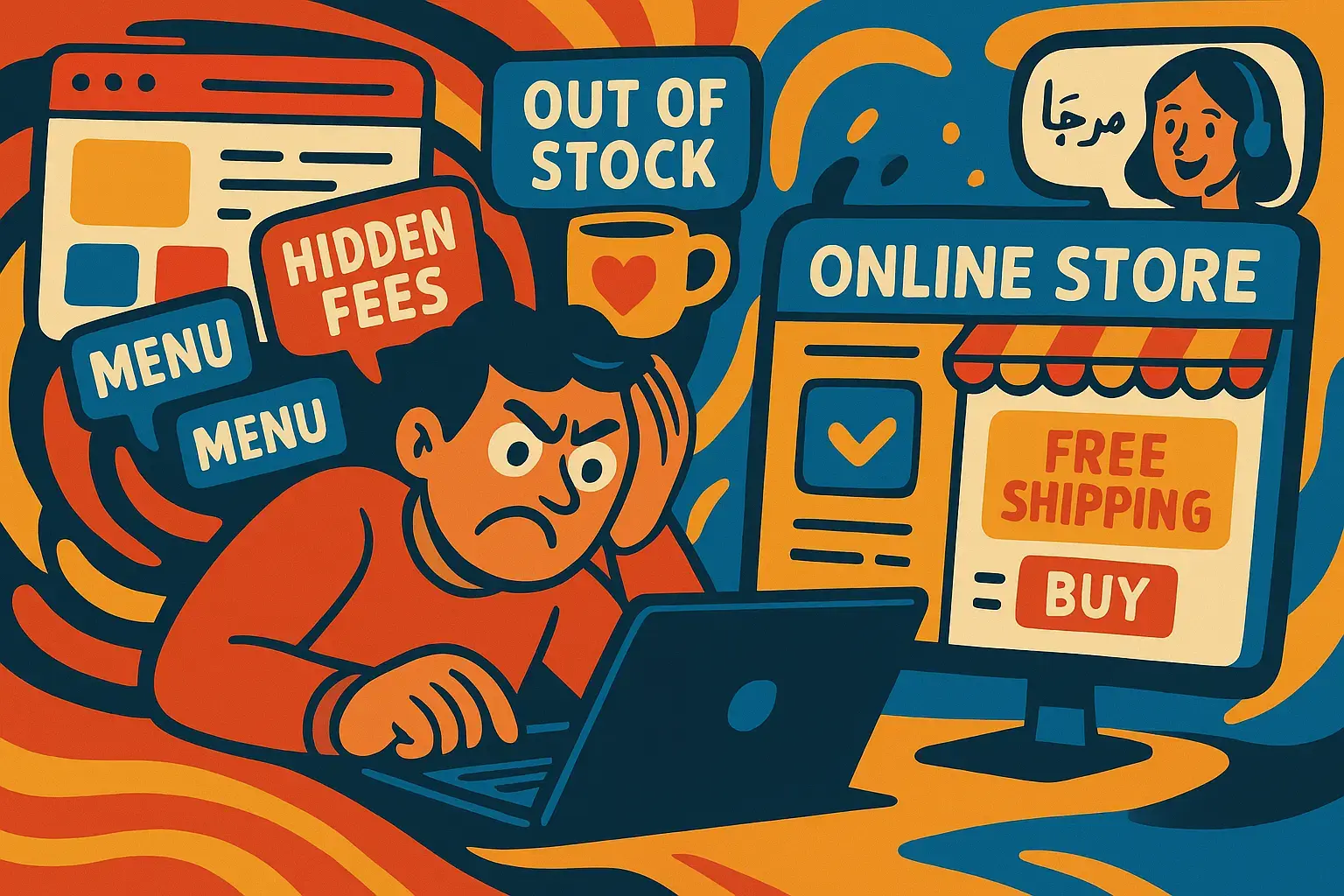How AI Is Changing the Future of Online Stores
I still remember the moment it clicked for me: I was browsing an online shoe store late one night, half-asleep, when a little pop-up asked if I needed help finding the perfect size. Within seconds, a friendly chatbot guided me through measurements, compared customer reviews, and even suggested a slightly wider fit for my high arches. I ordered on the spot—something I never would have done after midnight without that nudge.
That small interaction isn’t sci-fi—it’s real-world AI at work. And it’s giving online stores superpowers they never had before. If you’re running an e-commerce site (or thinking of starting one), here’s how artificial intelligence is reshaping everything from product discovery to inventory management—and what it means for your bottom line.
1. Personalized Shopping at Scale
Remember the days when every visitor got the same homepage? “Featured Products” meant the same five items for everyone. Boring. Now, with AI-driven personalization, your store can greet each shopper with products hand-picked just for them.
-
Recommendation engines analyze browsing history, past purchases, and even time spent on product pages.
-
Dynamic content swaps banners, images, and promotions based on who’s looking at the page—first-time visitor, loyal customer, or cart abandoner.
-
Email marketing uses AI to figure out which products a user is most likely to click on, then crafts personalized newsletters.
Imagine sending a “top picks” email that actually feels like it was curated by a friend who knows your taste. That’s the power of AI-powered personalization—and it can boost conversion rates by 10–15% or more.
2. Chatbots and Virtual Assistants
That late-night shoe-shopping story? It was possible because of a chatbot—a virtual salesperson who never sleeps.
-
Instant answers: No more waiting for email replies or hunting down a phone number. Questions about size, color options, or shipping arrive via chat and get answered immediately.
-
Guided selling: AI can ask you a few quick questions—style preferences, budget, intended use—and zero in on the perfect product.
-
Order updates: Instead of scouring your inbox for tracking info, the chatbot pings you when your package ships, arrives at the local depot, or is out for delivery.
The best part? These bots learn over time. Every interaction teaches them what works, what doesn’t, and how to handle tricky questions with grace. For small businesses without a 24/7 support team, that’s a game-changer.
3. Smarter Inventory Management
One of the biggest headaches in retail is stocking the right amount of product. Too much inventory and you’re stuck with unsold goods; too little and you miss out on sales.
AI-driven inventory tools look at a dozen factors—seasonal trends, social media buzz, historical sales, even weather forecasts—to predict demand more accurately than any spreadsheet ever could. They can tell you:
-
When to reorder a fast-selling item.
-
Which SKUs are likely to underperform next quarter.
-
How to allocate stock across multiple warehouses or stores.
I talked to a boutique owner who cut her overstock by 30% simply by trusting an AI forecast instead of her gut feeling. That’s real cash saved and fewer markdowns.
4. Dynamic Pricing
Have you ever noticed how airline tickets seem to change price by the minute? Online retailers can do the same—and AI makes it painless.
Dynamic pricing algorithms adjust product prices in real time based on factors like:
-
Current demand and competitor pricing.
-
Inventory levels and time of day.
-
Customer browsing behavior (how long they linger on a page).
Sure, you don’t want to alienate loyal customers with wild price swings. But used thoughtfully, dynamic pricing can help you clear old inventory, maximize margins on hot items, and stay competitive without manual intervention.
5. Visual Search and Augmented Reality
Typing keywords into a search bar is so 2010. AI-powered image recognition lets customers snap a photo—of a pair of sunglasses they love or a couch they saw in a café—and find similar products in your catalog.
And if you really want to level up the experience, augmented reality (AR) tools let shoppers virtually “try on” items. IKEA’s AR app, for example, places furniture in your living room so you can see if that new bookshelf clashes with your décor. Virtual try-on for fashion and cosmetics is no longer a gimmick—it’s becoming table stakes.
6. Fraud Detection and Security
With more convenience comes more risk. AI isn’t just about selling more—it’s also about protecting your business and your customers.
-
Fraud detection systems flag suspicious orders in real time—multiple IP addresses shipping to the same credit card, or a flurry of high-value purchases from a new account.
-
Account takeover prevention uses behavioral analytics (typing speed, mouse movements) to verify the real user.
-
Secure checkouts harness AI to identify bots and malicious scripts, keeping your site—and your shoppers—safe.
In an age where data breaches make headlines, demonstrating that you take security seriously builds trust and reduces chargebacks.
7. Writing Better Product Descriptions
Let’s face it: writing unique, engaging product descriptions for hundreds (or thousands) of items is a slog. AI tools can help here too by:
-
Generating first drafts based on product specs.
-
Translating descriptions into multiple languages.
-
Optimizing copy for SEO without keyword stuffing.
The result is consistent, informative listings that save your team hours each week—hours they can spend on creative marketing or customer outreach instead.
Real Talk: Where AI Falls Short
I’m a believer in AI, but it’s not magic. It can’t replace human empathy or creative vision. You still need:
-
Human oversight to catch algorithmic mistakes (like bizarre product recommendations).
-
Brand voice to ensure your messaging feels authentic.
-
Ethical guidelines to avoid creepy personalization or bias.
Treat AI as your talented assistant, not the CEO.
Final Thought
We’re just scratching the surface of what AI can do for online stores. As models get smarter, we’ll see even tighter integration—voice shopping assistants on your website, hyper-localized promotions based on real-time foot traffic data, and who knows what else.
But the bottom line is simple: AI tools help you understand and serve your customers better, boost efficiency, and free you (and your team) from mundane tasks. For any online store owner looking to stay ahead, getting comfortable with AI isn’t optional—it’s essential.
So experiment. Start small with a chatbot or personalized emails. Measure the results. Then scale up the AI in areas where it delivers the most value. In a few months, you might be the one saying, “I can’t believe I ever managed without this.”







